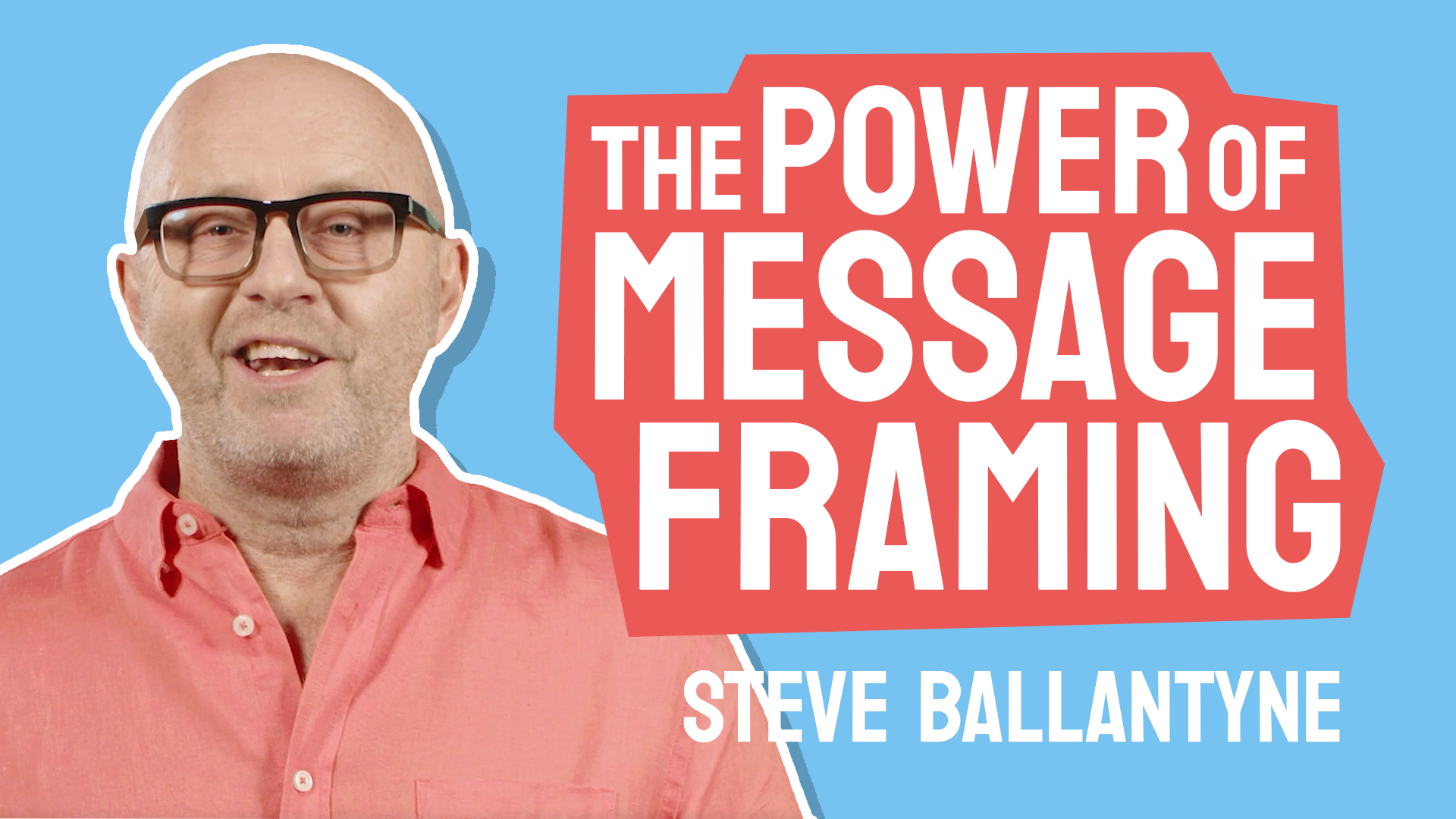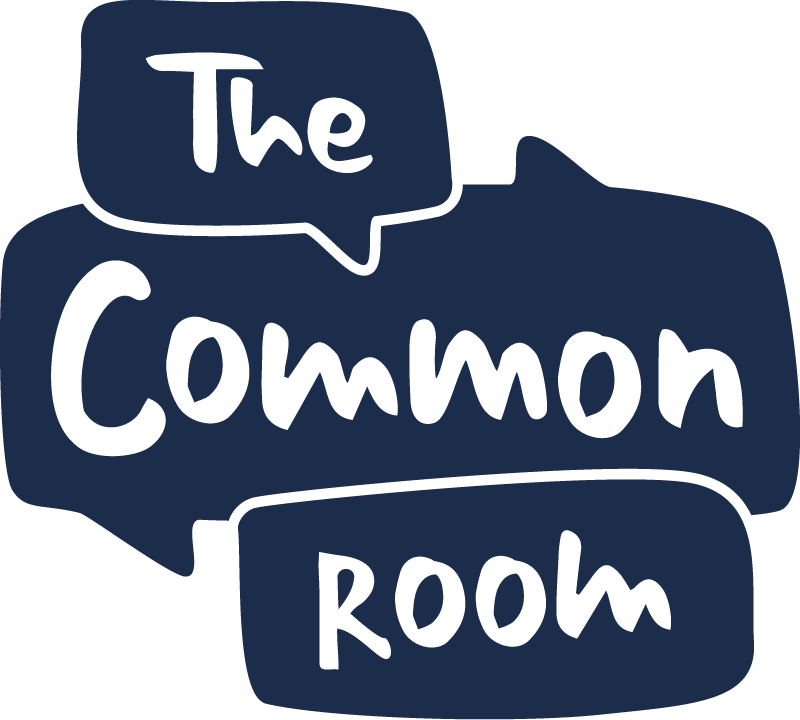Do we have media bias in New Zealand?
Liam Hehir, Political Commentator
24 August 2022, 15.8k views
Why does the news media seem to lean to the left? Probably because – on the whole – it does. There have been more than enough surveys, studies and research papers to establish that the average journalist is well to the left of the average voter.
There are always of exceptions but they don’t disprove the general rule. Contrarians and outliers exist in every field. That a handful of centre-right media personalities are so conspicuous in the New Zealand media landscape shows how rare they are.
All of this affects how people in the media report the news. From which stories are selected for coverage to the framing and emphasis put on them, the output of most news organisations in New Zealand reflects a certain, centre-left sensibility. It’s not communist agitprop but it’s not completely impartial either.
You have to be a bit careful here. I know a lot of journalists and, for nearly all of them, fair and balanced reporting remains an important professional ideal. Like most people, journalists do generally try to get it right.
The trouble is that bias can be very hard to identify, especially when you are not on guard about your own assumptions and worldview.
There’s an old joke about a man asking a fish about what it’s like to live underwater. “What is water?” the fish replies.
The point is that a fish isn’t aware that it lives in water because it is constantly surrounded by it. A fish does not know that it’s wet because fish are always wet.
The same applies to media. If you went to a university where most of your instructors had the same basic political attitudes, then go to work in an environment where most of your colleagues share the same social assumptions, while living in a city where most people vote the same way, well, it’s going to affect how you process what’s going on around you.
It’s going to give you a false idea that consensus exists on questions that are controversial for much of the wider population. Conversely, it means you will sometimes overestimate how contentious the public will find stories that, for most people, are not actually that big of a deal.
This disconnect has been with us for decades but social media has kicked it into overdrive. Twitter isn’t much used by the general population, but journalists are often obsessed with it. Many reporters practically live on the site during the working day.
Twitter is also particularly leftwing. According to a study by the Knight Foundation in the US, almost 60% of users had centre-left bias. 10% were extreme left and less than 10% were centre right.
This adds another layer of distortion to the world of news producers. Based on social media interactions, a journalist might perceive himself or herself to hold a centrist position because it is criticized by both the extreme left and centre-right alike. That can and often does lead to a misperception about the views of the country as a whole.
There was a good example during the referendum on the New Zealand flag. For whatever reason, the “Red Peak” proposal captured the imagination of leftwing activists and the media alike, with a big push from news organisations to have it included as a choice in the vote for a potential new flag. The coverage assumed that the campaign for the flag had mass support. But after the government agreed to include it as an option it was chosen by less than 10% of the population.
Fish don’t know that they’re wet and journalists don’t always know they’re left.
Is this an issue? Well, that depends on whether you think trust in the media is important – and we know that it has been declining for years. This decline bothers traditional news institutions, which are very quick to blame new media competitors and misinformation.
But an honest accounting would reckon with the fact that many consumers have good reason not to see journalists as the impartial brokers they strive to be. It’s something that probably can be fixed with discipline and time. But that process can’t start unless there is a recognition of the problem in the first place.
I’m Liam Hehir for The Common Room
To see more videos like this, subscribe at commonroomnz.com
There have been more than enough surveys, studies and research papers to establish that the average journalist is well to the left of the average voter.
Twitter is also particularly leftwing. According to a study by the Knight Foundation in the US, almost 60% of users had centre-left bias. 10% were extreme left and less than 10% were centre right.
There was a good example during the referendum on the New Zealand flag. For whatever reason, the “Red Peak” proposal captured the imagination of leftwing activists and the media alike, with a big push from news organisations to have it included as a choice in the vote for a potential new flag. The coverage assumed that the campaign for the flag had mass support. But after the government agreed to include it as an option it was chosen by less than 10% of the population.




